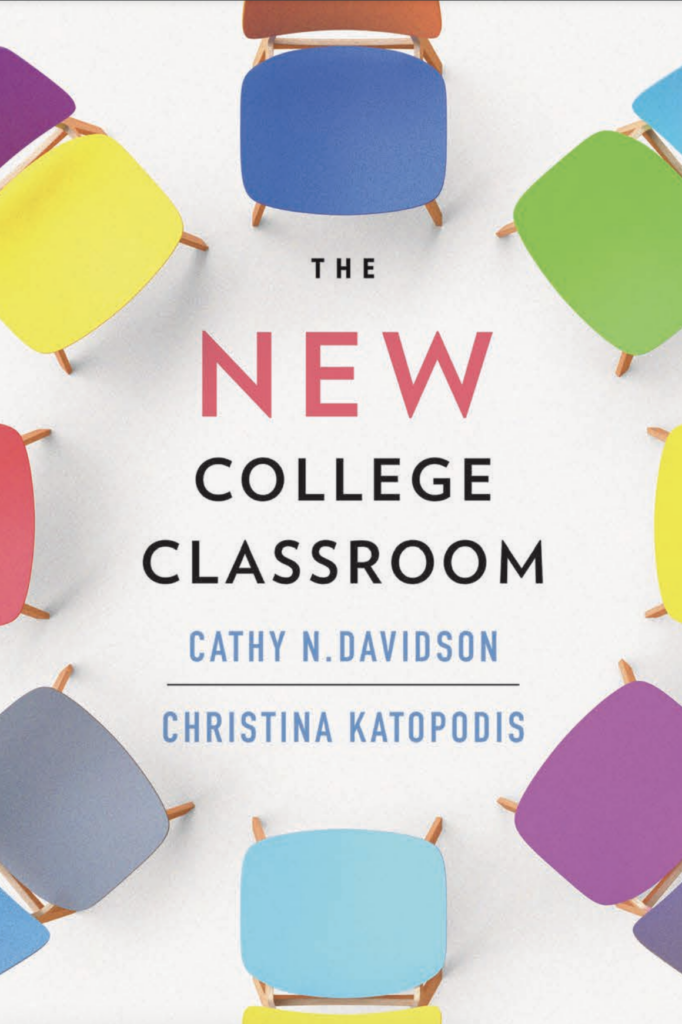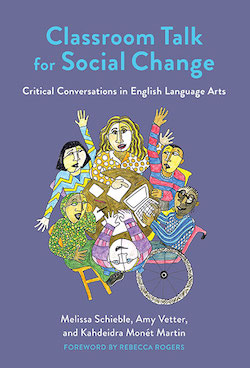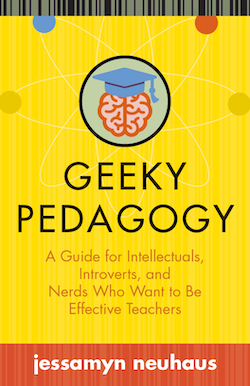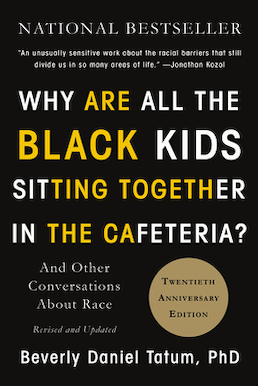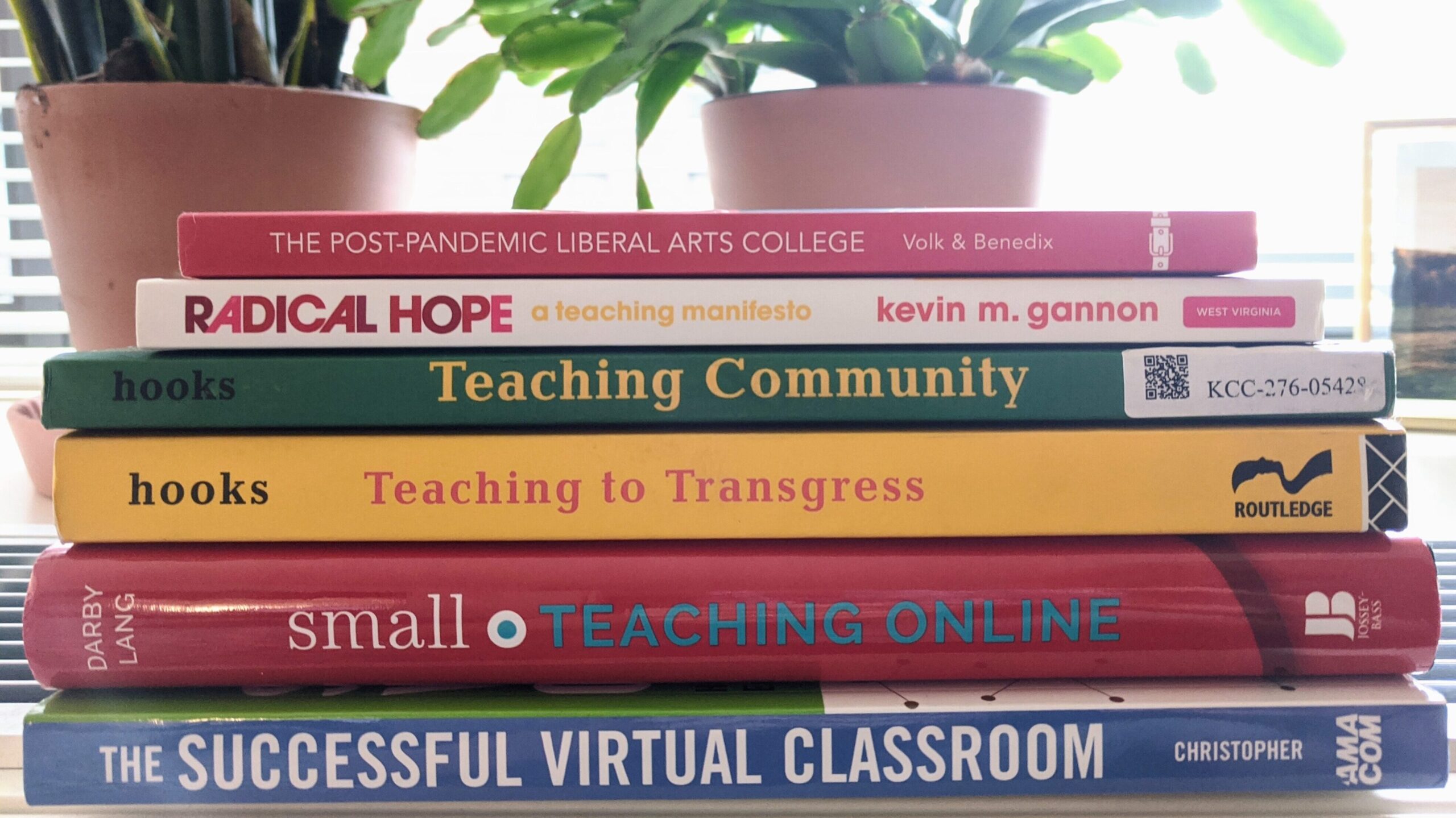
Resources for Teaching Online
It can be hard to navigate an avalanche of teaching advice and information mid-semester. To help you, we’ve broken up some useful teaching tips and resources into categories below. You can also access more resources at the CUNY Innovative Teaching Academy.
Accessible Course Design
- Read Asrat G. Amnie’s Universal Design for Learning Fostering Neurodiversity, Equity, and Inclusivity Through Educational Technology
- Watch the recorded video from TLH Open Office Hours with Jessica Murray
- Read Jessica Murray’s posts on “Accessible Course Design and Hybrid Teaching after COVID” and “Resources for Practicing Anti-Ableist Pedagogy“
- Read a Guide to Hybrid Classes for Teachers by Jonathan Sterne
Boosting Student Engagement
- Ideas for Teaching (and Teaching Outside) the Canon; how to make (required) canonical texts more relevant to students by connecting them to contemporary issues, pairing them with different points of view, and a host of other ideas by our faculty fellows.
- Read Cathy N. Davidson and Christina Katopodis’s op-eds about Why Active Learning is More Effective than Traditional Modes and Creative Ways to Use the Syllabus to Engage and Teach Students
- Read Anita Cheng’s Pulling Distance Learning Tools Into In-Person Classes
Inventory Methods
- The easiest way to boost engagement is to start your class with a quick Think-Pair-Share (TPS). Remember that early engagement (e.g., TPS or an Entry Ticket) boosts engagement throughout a synchronous meeting by indicating to students that participation will be expected throughout the class.
- Take the baton and pass it on. In a synchronous session, after one student says something, make it a routine to end their comment by passing it on to someone else.
- During asynchronous work, turn discussion boards into places for peer-to-peer learning where students end their posts with a question for the class and then comment on one another’s posts, responding to their peers’ questions.
Create Community
- Start your session with some music. Students might rotate who picks the song each week based on their preferences or you could pick a song that matches the topic for the day. Then, at the end of the class, share the playlist with everyone.
- Play one of the many meeting games available on Brightful, or a game of Kahoot! (trivia for the online classroom), BINGO or Jeopardy.
- Try an interactive activity like a Zoom poll or asking your students to post to a Padlet.
- You can even do an interactive activity with plain old pencil and paper (BYO) or using the chat function to transform crisis into community.
Give Students Autonomy
- Have students take turns leading discussions (synchronous or asynchronous) and propose questions that they care about.
- You even can have students write the questions for the final exam.
- Use what students write about in the discussion boards to guide the course of the class discussion. Make room in each lesson plan to address whatever problems or questions are most important to students.
Better Breakout Rooms
- Read Christina Katopodis’s 5 Tricks for Successful Group Work and her op-ed with Cathy N. Davidson on 8 Ways to Improve Group Work Online.
- Use slides or Jamboard to give students prompts and co-working spaces to start the conversation.
- Create differentiated learning spaces.
- Use collaborative documents during breakout sessions.
- Make sure you ask for clear deliverables from each group.
- Designate someone to be the spokesperson for the group, or remind students to pick someone to report back by broadcasting a message before the breakout session ends.
Give the Eyes a Rest
- There are some ways to overcome Zoom fatigue.
- Plan a 5-minute “water break” in the middle of class for anyone to get up and use the bathroom or refresh their glass of water. You might play a song while everyone’s away and then when the song ends, class resumes. This way even if students go into another room, they can listen for the song to gauge how much time they have left in the break.
- Try incorporating 5 minutes of mindful meditation or yoga stretches into your session, either to start the class or to end it. Even stretching one’s arms and neck can make a world of a difference.
- Find an engaging and short podcast or radio broadcast related to the topic and ask students to close their eyes and listen.
Pedagogy of Care
- Showing Care in the Classroom, sharing our ever-evolving practice of fostering social-emotional learning with insights from our final cohort of faculty fellows.
- Add resources to your syllabus for accessing a nearby food pantry, health insurance, emergency housing, legal support, or other urgent issues like referrals for those students dealing with domestic violence or substance abuse. Below is a model for creating this kind of resource page at the end of your syllabus, provided by Adashima Oyo.
- In synchronous classes, turn your Entry Ticket into a quick, optional wellness check. Greet every student (if the class is small enough to do so in a timely manner) and ask them how they are doing. Or, students can say hello and how they are doing, then pass it on to the next person themselves. If the class is large, you could do this as a poll.
- Show students that their health and wellness matter to you by sharing some best practices and tips for self-care.
Tools
Ways to communicate with students outside a synchronous session
- You might set up a Slack Channel or use a class hashtag on Twitter to communicate outside of class.
- In and outside of class, use collaborative tools like Microsoft Teams and Google Docs for things like collaborative note-taking, group work, and peer review.
- Better yet, poll students to ask them what they prefer (email, a WhatsApp group, Instagram, etc.).
- At CUNY, you might be getting started on Blackboard or teaching at CUNY and need more tailored information (see the Campus Contacts for Blackboard Support and the CUNY IT Blackboard Knowledgebase).
Resources
Black Lives Matter Resources
- Academics for Black Survival and Wellness
- Antiracist Teaching Resources by MLA Commons
- Mina Rees Library’s Resources on Black Lives Matter and Antiracism
- The Graduate Center’s Teaching and Learning Center has Blog Posts on Anti-racist Pedagogy
Resources specific to teaching at CUNY
- A Guide to Surviving and Thriving at CUNY by colleagues at the CUNY School of Professional Studies
- Considerations for Instructional Continuity (Graduate Center Teaching and Learning Center)
- Also see the GC TLC’s list of CUNY campus-based resources.
More extensive resources for remote teaching during COVID
- “Adjuncts Reimagining Digital Pedagogy without Burnout” by Adashima Oyo and Christina Katopodis
- Remote teaching resources (started by HASTAC Co-Director Jacque Wernimont); also see this HASTAC Collection, “COVID-19: Resources and Reflections for Teachers and Learners“
- “Trust Your Students to be Active Participants in their Learning,” by Cathy N. Davidson and Christina Katopodis
- Thinking through a Pandemic by Cihan Tekay and Siqi Tu
- Students: Distance Learning in the Time of COVID (Lisa Brundage, Lisa Rhody, Katina Rogers)
- Bringing Your Course Online (for MLA members via Humanities Commons)
Recommended Books (and more)
Cathy N. Davidson and Shelly Eversley, “Practicing the Equitable, Transformative Pedagogy We Preach,” Inside Higher Ed, August 16, 2021.
Christina Katopodis, “A Pedagogy of Self-Care for a Post-Pandemic Fall,” Hybrid Pedagogy, July 29, 2021.
A Talk to Teachers by James Baldwin
Baldwin addresses the challenges of education to prepare children to grapple with the myths and realities of U.S. history.
Writing From CUNY Visionaries
Toni Cade Bambara, Realizing the Dream of a Black University & Other Writings, Part I and II
Audre Lorde, ” I Teach Myself in Outline,” Notes, Journals, Syllabi & an Excerpt from Deotha
June Jordan, “Life Studies,” 1966-1976
Lesson plans and activities that incorporate active learning in the classroom.
A website that provides provide free online math courses.
Professor and senior advisor to the president for diversity and inclusion at @GC_CUNY Martin D. Ruck shares his vision for creating an inclusive environment at the college and in higher education in this episode of “The Thought Project.” Listen to the podcast!
New research by Kalena Cortes and Daniel Klasik finds few effects of the Texas top ten percent plan on improving equity.
Be sure to check out new Teaching Resources by TLH staff and faculty fellows on our blog.
Resources for Teaching Online by Khanh Le and Christina Katopodis is licensed under a Creative Commons Attribution 4.0 International License.


